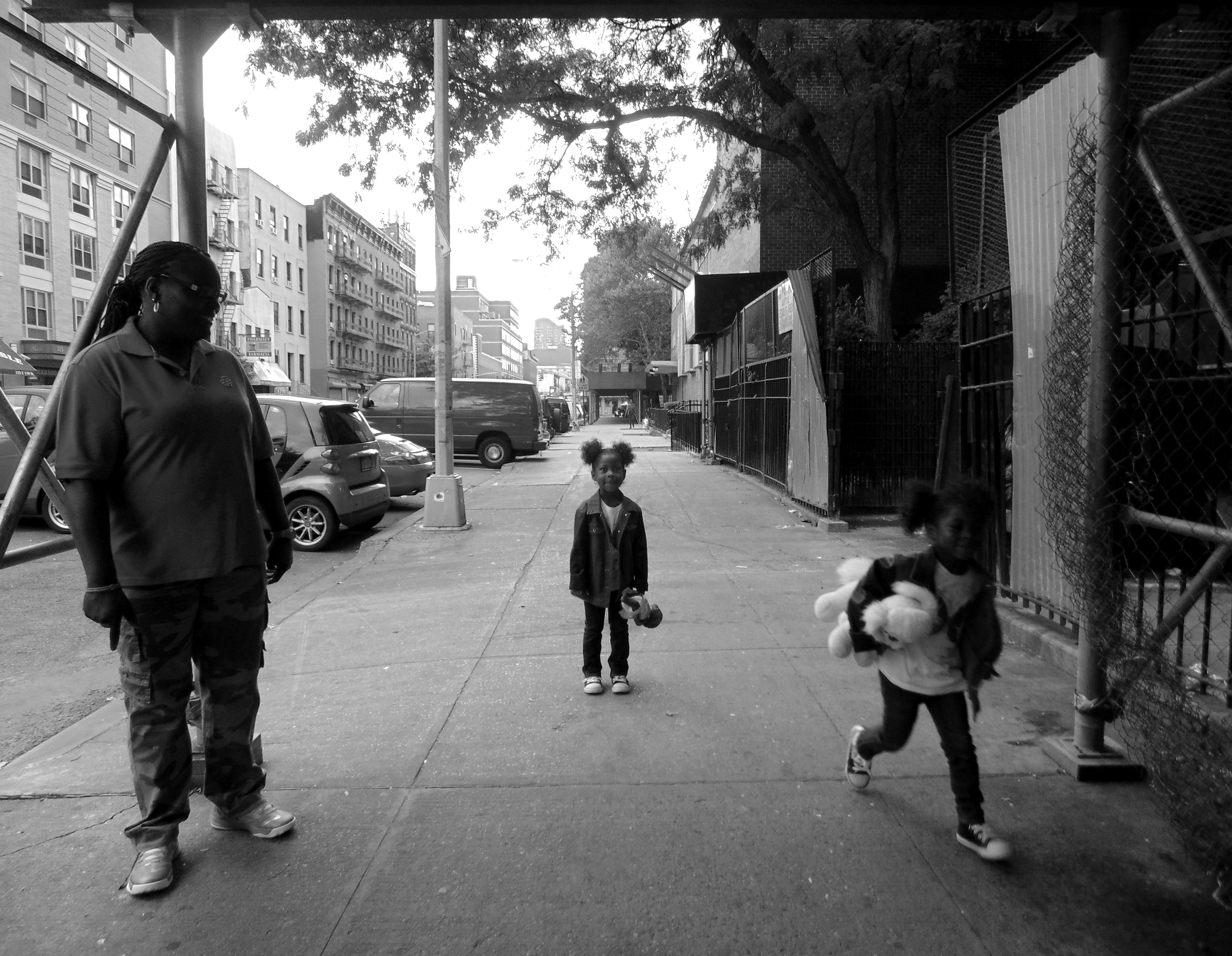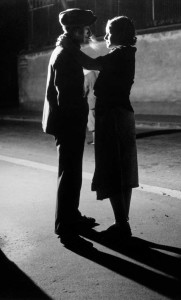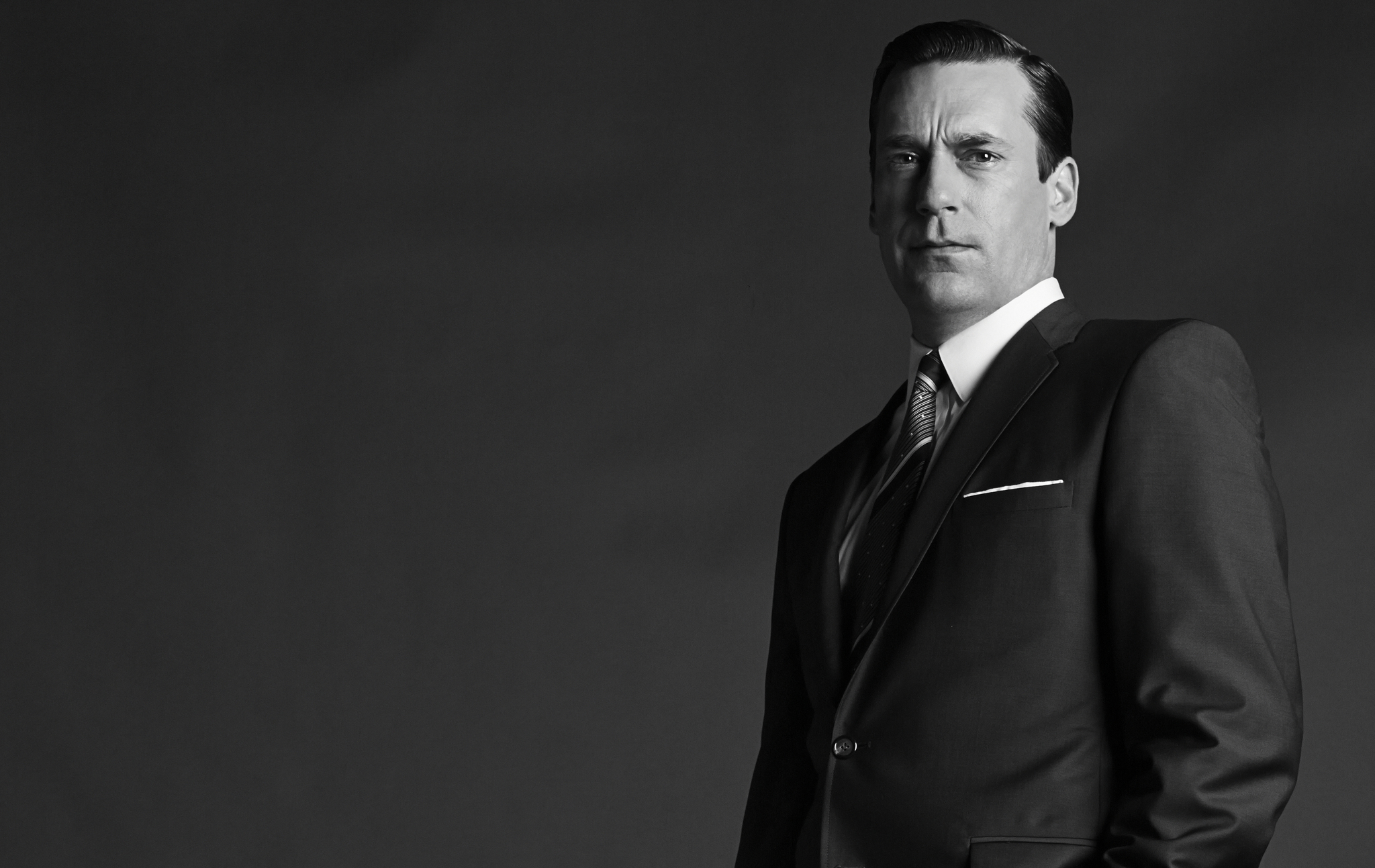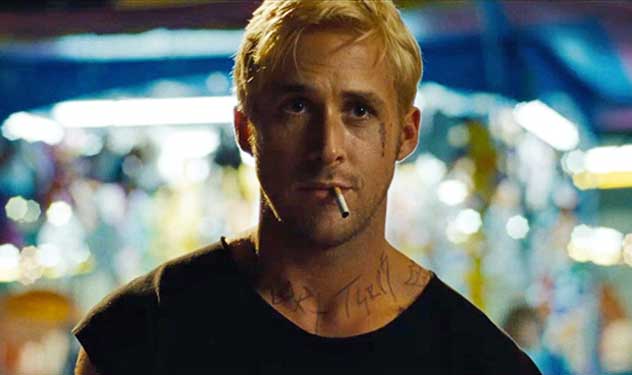 “In focus groups people always say – and I have never had this not happen with any movie I have ever made – ‘I really liked it, but I don’t know that I can recommend it to any of my friends.’” So claimed David Fincher during a 2008 interview – a bias that extends beyond the average viewer. For the first 15 years of Fincher’s major directorial career, he faced an uphill battle for financing, opposed by studio backers who could not force him into a box. The release date for Zodiac had to be infamously pushed back (to the cinematic burial ground of March, no less) while Fincher engaged in a massive tug-of-war regarding 20 integral minutes of film.
“In focus groups people always say – and I have never had this not happen with any movie I have ever made – ‘I really liked it, but I don’t know that I can recommend it to any of my friends.’” So claimed David Fincher during a 2008 interview – a bias that extends beyond the average viewer. For the first 15 years of Fincher’s major directorial career, he faced an uphill battle for financing, opposed by studio backers who could not force him into a box. The release date for Zodiac had to be infamously pushed back (to the cinematic burial ground of March, no less) while Fincher engaged in a massive tug-of-war regarding 20 integral minutes of film.
But this … this is the way it is, the way it always has been whenever art jumps into bed with commerce. People, especially moviegoers, remain overtly aware of what excites them, regardless of whether they can articulate it in a survey. More often than not, what the American public really needs is reassurance … reassurance that whatever it is they’re enjoying, it’s OK. Look no further than Entertainment Weekly, a preening pub so desperate it actually gauges public interest before declaring any project’s legitimacy. Upon Fight Club‘s original release back in 1999, EW gave the movie a “D-”; 15 months before ranking Fincher’s “masculine rage manifesto” No. 1 on its list of 50 Essential DVDs. It’s a conspiracy that leads all the way up to the Academy, which categorically ignored David Fincher until The Curious Case of Benjamin Button, a movie which garnered 13 nominations (and three wins) despite arguably representing Fincher’s least memorable work.
In a recent Playboy interview, Fincher recalled how studio execs were initially excited about Fight Club, primarily because it called for Tyler Durden (Brad Pitt) to appear without his clothes on. When Fincher delivered what had become known as “the doorway scene,” which featured Pitt completely naked (save for a beaming yellow work glove), one of those studio execs responded, “You got him with his shirt off, and then you fucked the whole thing up!”
This is what it feels like to be David Fincher, to develop a deeply philosophical treatise that eventually gets co-opted as a buddy picture; to go on record numerous times, renouncing your directorial debut as a project that failed because you worked too hard to keep your backers happy; to be forced into defending your graphic use of sex, despite the fact it’s comparably tame by modern European standards.
Is he going to show it? I hope he shows it. There’s no way he’s going to show it. Oh my God, he showed it! David Fincher is a provocateur, but only in the sense he’s providing you with the one thing you need most. Slow-passing details play like index – a master shot of Detective Somerset’s bureau during Se7en, lined with a handkerchief, a switchblade, a ball-point pen, and a leather case for his eyeglasses. Each movie’s palette appears jaundiced, featuring muted shades of brown and white, meant to suggest a classic sepia feel. Complex tracking serves a function, Zodiac‘s mailbag sequence operating in much the same way Scorsese’s restaurant sequence did during Goodfellas. And then, of course, there are the takes … those miles and miles of endless takes.
Fincher is notorious among directors for massaging every shot until it’s perfect. The opening scene of The Social Network required 99 takes (from four different perspectives). Robert Downey, Jr. referred to the set of Zodiac as a gulag. Robert Duvall jokingly suggested there might’ve been a reason he turned down a role in Se7en. And yet, Stanley Kubrick maintained a very similar approach, for similar reasons, creating similar situations, with very similar results. “It makes you self-conscious,” Fincher explained during a 2010 Vulture interview, “and to get beyond that self-consciousness, I absolutely want people to have their idea of what the scene is about, to have an idea of what their moment is. And then I want to take them through that process to a point where they’ve literally forgotten their own names. I want to take them past the point where they go, ‘But I had it all worked out.’ If it’s still there but you’re doing it a little bit later or doing it a little bit flustered — you know, it’s an interesting thing: It happens very rarely, but invariably, when an actor’s in the middle of a take and they go, ‘Uh, hang on a sec, sorry, my fault, can we start again?’ always it’s the best take. Always the best take before they cry uncle, before they go, ‘Wait a minute, I’ve lost my train of thought.’ And I can show them on the monitor: ‘Look at you here, that is you at your most present, when you’re falling-down ill, like Dudley Moore in Arthur, ass-over-teakettle trying to remember where you were in the thing, that’s when you are stunning and real and amazing.’ Little things happen. There’s this moment at the beginning of [The Social Network] where Rooney Mara interrupts Jesse and says ‘Mark!’ And Jesse did this thing where he leaned forward in a very prodding way and said ‘Erica!’ Oddly condescending. She gets really pissed off — and he’d never done it before. It was kind of great.”
On balance, who could argue? Setting aside a $33 million domestic gross for Zodiac (Fincher’s first motion picture produced in digital, which more than doubled its take overseas), the director’s cost-benefit is astounding. More importantly, his style of cinema sticks with you, enduring not only because it’s viscerally entertaining, but also because there is a rich layer of subtext.
An underground movement that’s forced into the shadows because its male members get off on wrestling with one another in the dark? A treatise on torture so apparent its climax features a ritual beheading … in a dessert … followed by an act of revenge … between a series of high-tension wires? How bout a thriller with ongoing allusions to the trinity, centered upon the one son who ultimately martyrs himself in the name of uncontrollable sin? Flip the switch and Fincher’s got you. One way or another, he has seeped into your world.
Over the years, much has been made of the fact David Fincher grew up in Marin County, California, the son of a LIFE Magazine editor who also happened to enjoy movies; that Fincher’s mother worked at a methadone clinic; that his family lived within a stone’s throw of George Lucas, who Fincher later worked for on Return of the Jedi. Comparably little has been made of the fact that Ceán Chaffin, Fincher’s romantic partner of 18 years, has worked (almost exclusively) as a producer on every one of his films since 1997; that, along with long-time casting director Laray Mayfield, Fincher has elevated virtual newcomers including Rooney Mara, Kristen Stewart and Armie Hammer into A-list stardom; that he has cast veteran actors like Forest Whitaker and (more recently) Tyler Perry against type; that Fincher has been on target with almost all of his major cinematic decisions, and yet certain members of the media still cannot seem to cut the motherfucker a break. “If you have a fucking clue and a passion,” Fincher insisted during a 1999 interview, “people will get out of your way because people want someone to follow.” Perhaps it’s time to stop addressing David Fincher as if he’s just broken a vase, and start appreciating him as if he is one of the most eloquent directors of all-time.
Because he is.
 It’s the same old story – someone pitches an intriguing idea for a television pilot, and the next thing you know, a major network’s picked it up. Everything goes downhill from there. We’ve seen it with The Following, The Blacklist and a thousand other projects that had the nuts and bolts to be a contender. In the end these shows have all been ruined, decimated, dashed upon the rocks of network ethics. The goal is to present a highly-sanitized hour that poses little or no threat of offending anyone, or of making the general audience consider anything, for that matter.
It’s the same old story – someone pitches an intriguing idea for a television pilot, and the next thing you know, a major network’s picked it up. Everything goes downhill from there. We’ve seen it with The Following, The Blacklist and a thousand other projects that had the nuts and bolts to be a contender. In the end these shows have all been ruined, decimated, dashed upon the rocks of network ethics. The goal is to present a highly-sanitized hour that poses little or no threat of offending anyone, or of making the general audience consider anything, for that matter.






